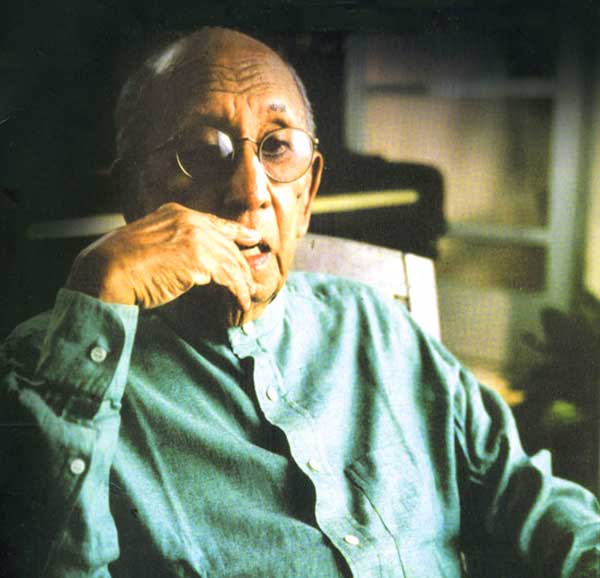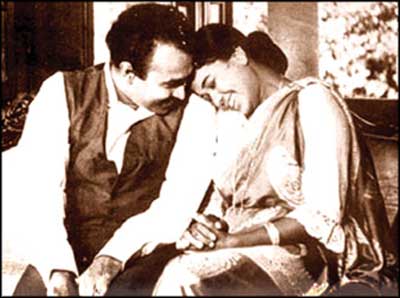05 Apr 2013 - {{hitsCtrl.values.hits}}
.jpg) - By D.B.S. JEYARAJ
- By D.B.S. JEYARAJ
 Randeniya also said that he may have to appeal to Indian envoy Ashok.K.Kantha to use his good offices and help expedite matters in this regard. The High Commissioner has shown keen interest in the promotion of good relations between India and Sri Lanka through cultural exchanges. Helping Sri Lanka to get back a copy of the greatest film made by its greatest film director would be a gesture that would be appreciated widely in the Island.
Randeniya also said that he may have to appeal to Indian envoy Ashok.K.Kantha to use his good offices and help expedite matters in this regard. The High Commissioner has shown keen interest in the promotion of good relations between India and Sri Lanka through cultural exchanges. Helping Sri Lanka to get back a copy of the greatest film made by its greatest film director would be a gesture that would be appreciated widely in the Island.
16 Nov 2024 5 hours ago
16 Nov 2024 6 hours ago
16 Nov 2024 6 hours ago
16 Nov 2024 7 hours ago
16 Nov 2024 8 hours ago